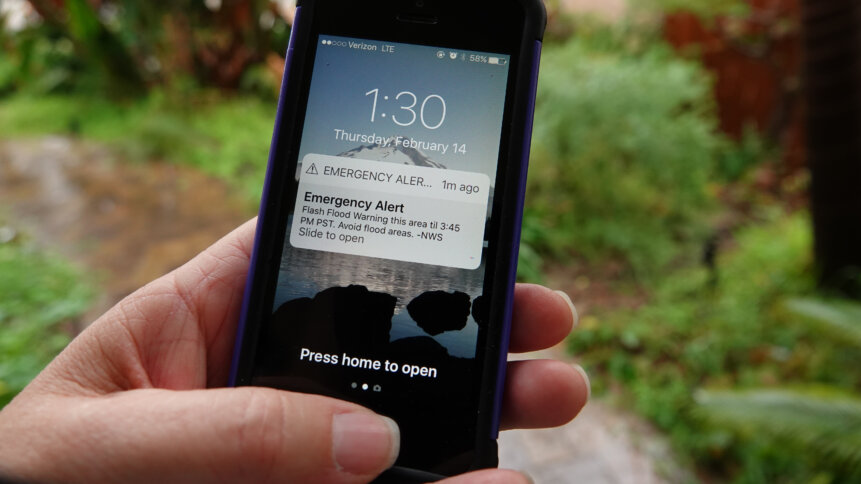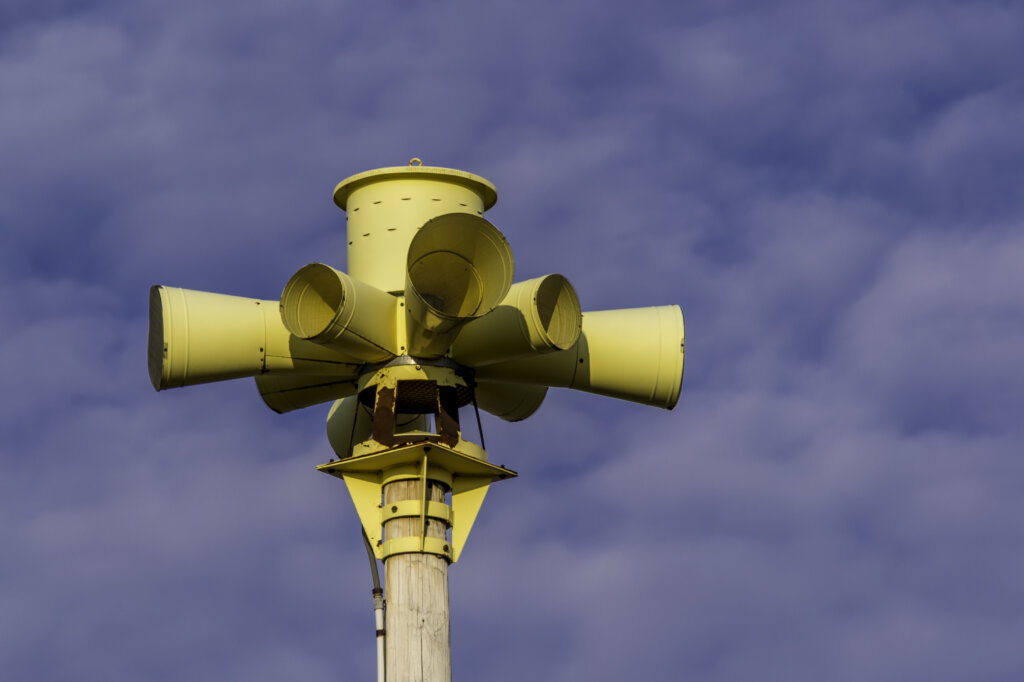UK government to test new emergency alert system

|
Getting your Trinity Audio player ready...
|
A nationwide test of the UK’s emergency alert system service will take place on April 23, Skynews reports. According to the country’s government website, messages will display on mobile phones or tablets across the country, along with a sound and vibration that stops automatically after 10 seconds.
While many would assume emergency alerts are normally used to warn the public of an airstrike, bombs, or other life-threatening events, these alerts can also be triggered to warn the public of severe flooding, fires, or extreme weather occurs.
The emergency alert system is designed specifically so that only emergency services, government departments, agencies, and public bodies can send out emergency alerts.
This marks the first nationwide trial of such a service, following pilots in East Suffolk and Reading.
How does an emergency alert system work?
Technology has significantly changed the way emergency alert systems work. In the Middle Ages, bells such as church bells or special fire bells were used as a means to warn people of impending disasters, public disturbances, or approaching enemies.
In London, during World War 2, sirens would go off requesting the public to seek shelter from air raids at night.
In the US, next-generation broadcast, multicast technologies, the emerging Internet of Things, and mobile devices provide opportunities for the US government to go beyond the Wireless Emergency Alerts (WES) system, which delivers short alert messages to cell phone subscribers.
Many other European nations have built systems allowing governments to issue warnings about threats to life. South Korea, in particular, has aggressively used emergency alerts to keep the country’s COVID-19 infection rate relatively low.

(Source – Shutterstock)
YOU MIGHT LIKE

Emergency fail for EV AM radio omission
What are the different types of emergency alert systems around the globe?
United States
The US’s WES system operates similarly to the UK’s emergency alert service. According to the Federal Communications Commission, authorized national, state, or local government authorities may send alerts regarding public safety emergencies — such as severe weather, missing children, or the need to evacuate — using WEA.
These alerts are sent through an Integrated Public Alert and Warning System, each capped at 360 characters. They include details such as the type of emergency, what action you should take, and which agency has sent you the warning.
This system isn’t perfect. In 2018, Hawaiian authorities accidentally warned people of an incoming ballistic missile strike — which turned out to be a false alarm.
Japan
Japan’s J-Alert System (Zenkoku Shunji Keiho Shisutemu) broadcasts warnings on TV, outdoor speakers, radios, and push alerts on mobile phones. Currently, this system covers 100% of the municipalities nationwide. It is designed to inform the public of various threats, including earthquakes, tsunamis, severe weather, and special emergency threats.
Last year, Reuters reported that the Japanese government warned residents in Miyagi, Yamagata, and Niigata prefectures to seek shelter indoors after North Korea’s test missile launch, following the J-Alert emergency broadcasting system.
France
Launched in 2022, the FR-Alert sends mobile phone notifications to everyone in an area affected by a major incident, including natural disasters, chemical industrial accidents, or terrorist acts.
The Ministry of the Interior developed it as a result of a European Directive, which mandated 27 member states of the European Union to set a population alert system via mobile telephony. The alert messages are broadcast by telecommunication antennas to avoid overloading the network in the event of sending to many persons. This cellular broadcast device is active in the metropolitan departments for 4G and 5G mobile phones, as well as 2G and 3G devices.
Netherlands
Taking a cue from the Japanese with its name, NL-Alert is a “Public Warning System” in the Netherlands. According to the government’s website, the system issues alerts in harmful and life-threatening situations, such as a major fire, terrorist attack, an epidemic, or heavy weather.
“An NL-Alert will be issued to your mobile phone. When it happens, your phone will emit a loud and penetrating alarm sound.”
Like most emergency alert systems, NL-Alert is based on cell broadcast technology, allowing the alert system to operate even where there is a phone network congestion or overload. The Dutch government will send an NL-Alert test message twice a year so that the public will know how an NL-Alert looks and sounds. Apart from traditional mobile broadcasts, NL-Alerts are also increasingly present on digital advertising displays and signs at bus stops and train stations. These warnings will be displayed together with mobile alerts.
Australia
For the Land Down Under, Emergency Alert is the national telephone warning system used by emergency services to send voice and text messages within a defined area about potential emergencies. Similar to other emergency alert systems, emergency services organizations will use the number +61 444 444 444 to issue warnings about potential or actual emergencies such as fire, flood, or extreme weather.








